 ‘4 things to see this week’ is sponsored by Bloomberg Connects, the free arts and culture app. Bloomberg Connects lets you access museums, galleries and cultural spaces around the world on demand. Download the app here to access digital guides and explore a variety of content.
‘4 things to see this week’ is sponsored by Bloomberg Connects, the free arts and culture app. Bloomberg Connects lets you access museums, galleries and cultural spaces around the world on demand. Download the app here to access digital guides and explore a variety of content.
Each week we bring you 4 of the most interesting objects from the world’s museums, galleries and art institutions hand-picked to mark significant moments in the calendar.
The society of Jesus, better known as the Jesuit order, was founded by Ignatius of Loyola in 1540, who was canonised on 12 March 1622. While a sect of the Catholic church might seem esoteric, the influence of the Jesuits was unparalleled and unsurpassed. In a sense, they took over the world, bringing a baroque sensibility to countries as far apart as Japan and Mexico.
This version of the baroque reached its height in the work of Gian Lorenzo Bernini and shaped Rome into the city we know today. Indeed, the current pope is a Jesuit – and, continuing a long tradition of Jesuit artistic patronage, Pope Francis has created his own contemporary art centre in the Apostolic Library in the Vatican. Another contemporary take on the Jesuits can be seen in Ai Wei Wei’s series of zodiac animal heads – a reinterpretation of a design for the Old Summer Palace in Beijing by Giuseppe Castiglione.
‘Give me a child till he is seven years old and I will show you the man,’ as Ignatius of Loyola once said. If we want to get to know the Jesuits, we need only look at their art.
1. Angel with the Crown of Thorns (1668), Gian Lorenzo Bernini
Kimbell Art Museum, Fort Worth
One of the defining artists of the baroque period, Bernini was also said to attend mass daily at the first Jesuit church to be built in Rome. This terracotta figure is one of a pair of rough bozzetti (sketches) for marble angels the artist designed for the renovation of the Ponte Sant’Angelo. To find out more, click here.
2. David Slaying Goliath (1620), Peter Paul Rubens
Courtauld Gallery, London
In 1620, Rubens was commissioned to paint the ceiling of a Jesuit church in Antwerp. The building was struck by lightning in 1718 and the original paintings were destroyed. This sketch would have been used by the artist’s assistants to execute the final work. Click here to find out more on the Bloomberg Connects app.
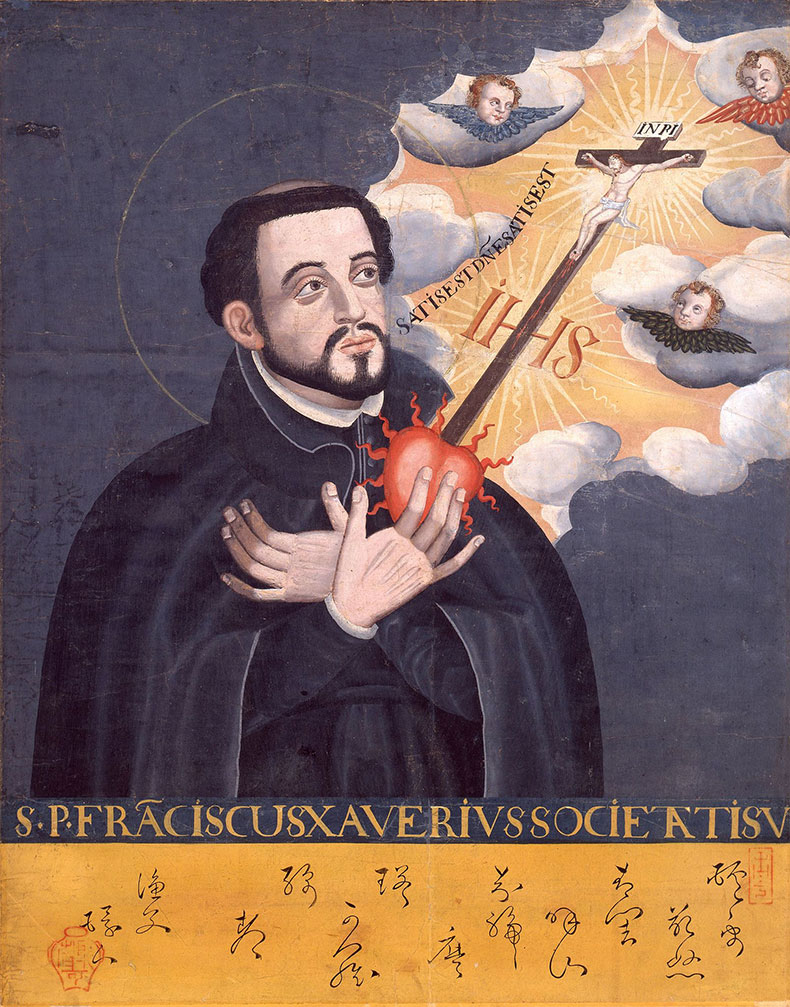
Portrait of St Francis Xavier (17th century), unknown artist. Kobe City Museum. Photo: Wikimedia Commons (public domain)
3. Portrait of St Francis Xavier (17th century), unknown artist
Kobe City Museum
This unattributed portrait is thought to have been painted after Christianity was officially outlawed by the Tokugawa shogunate in 1614. The ban led to the destruction of many works of art and forced Japanese painters, who had studied Western painting techniques in the schools established by the Jesuits around Nagasaki, to work in secret. To find out more, click here.

The Qianlong Emperor in Ceremonial Armour on Horseback (1758), Giuseppe Castiglione. Palace Museum, Beijing Photo: Wikimedia Commons (public domain)
4. The Qianlong Emperor in Ceremonial Armour on Horseback (1739), Giuseppe Castiglione
Palace Museum, Beijing
Castiglione arrived in China in 1715 on board a Jesuit ship. He soon became part of the Emperor Qianlong’s court and adopted the Chinese style of painting to produce numerous portraits of the ruler as well as hunting scenes and studies of horses and dogs. In this work, he combines the Western style of painting cumulus clouds and plants with Qing court landscape painting. To find out more, click here.
Download now
![]() ‘4 things to see this week’ is sponsored by Bloomberg Connects, the free arts and culture app. Bloomberg Connects lets you access museums, galleries and cultural spaces around the world on demand. Download the app here to access digital guides and explore a variety of content or scan the QR code.
‘4 things to see this week’ is sponsored by Bloomberg Connects, the free arts and culture app. Bloomberg Connects lets you access museums, galleries and cultural spaces around the world on demand. Download the app here to access digital guides and explore a variety of content or scan the QR code.
Unlimited access from just $16 every 3 months
Subscribe to get unlimited and exclusive access to the top art stories, interviews and exhibition reviews.


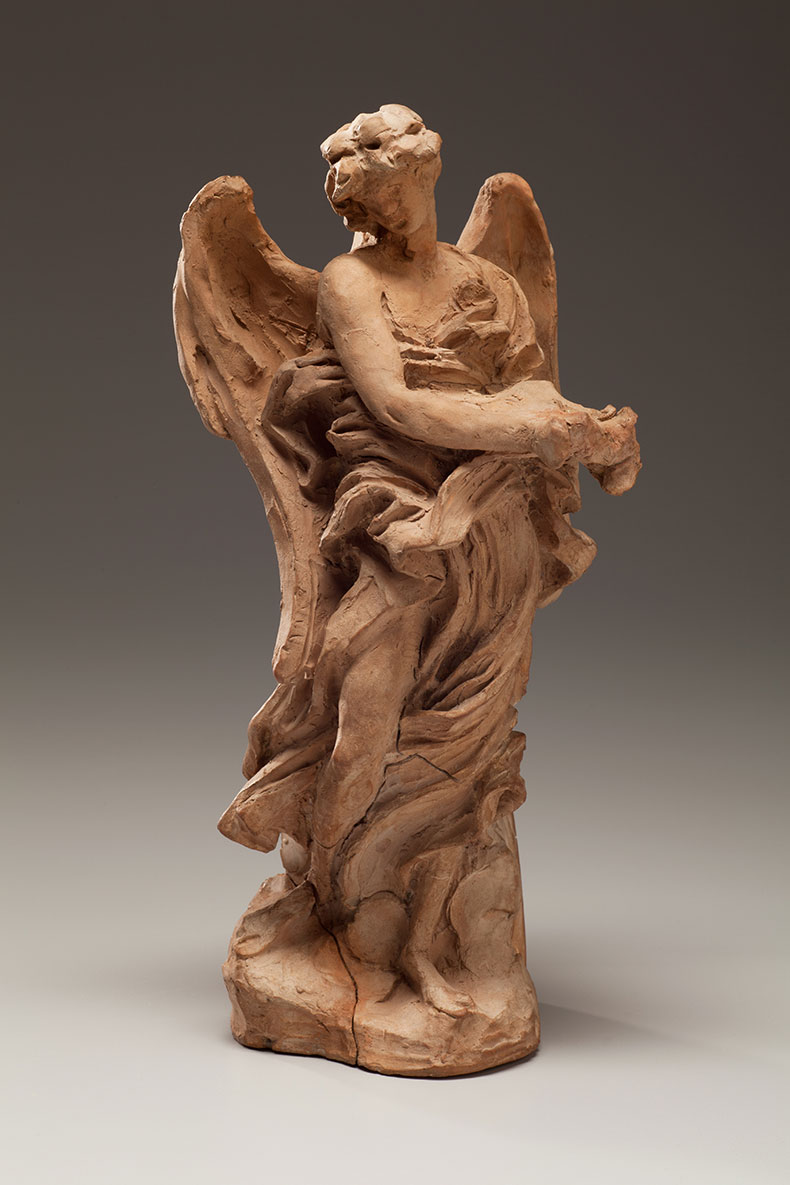

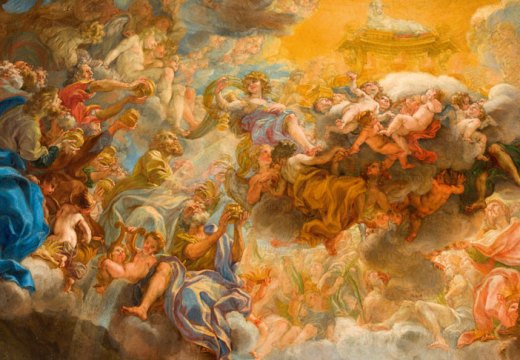
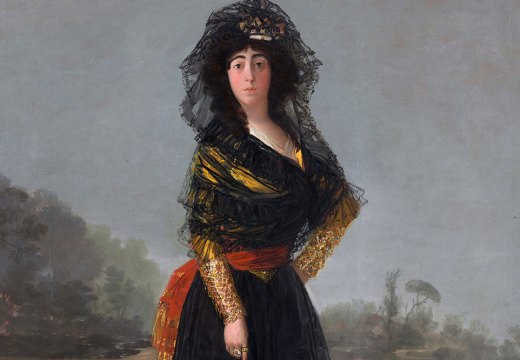
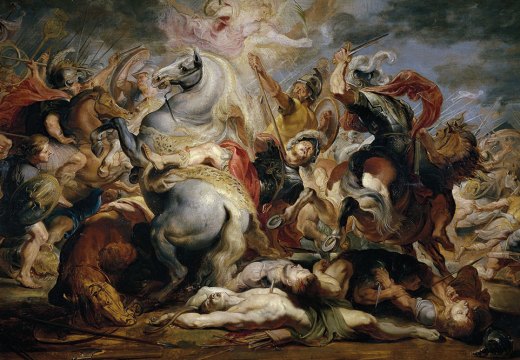









![Masterpiece [Re]discovery 2022. Photo: Ben Fisher Photography, courtesy of Masterpiece London](http://www.apollo-magazine.com/wp-content/uploads/2022/07/MPL2022_4263.jpg)
It’s time for the government of London to return to its rightful home